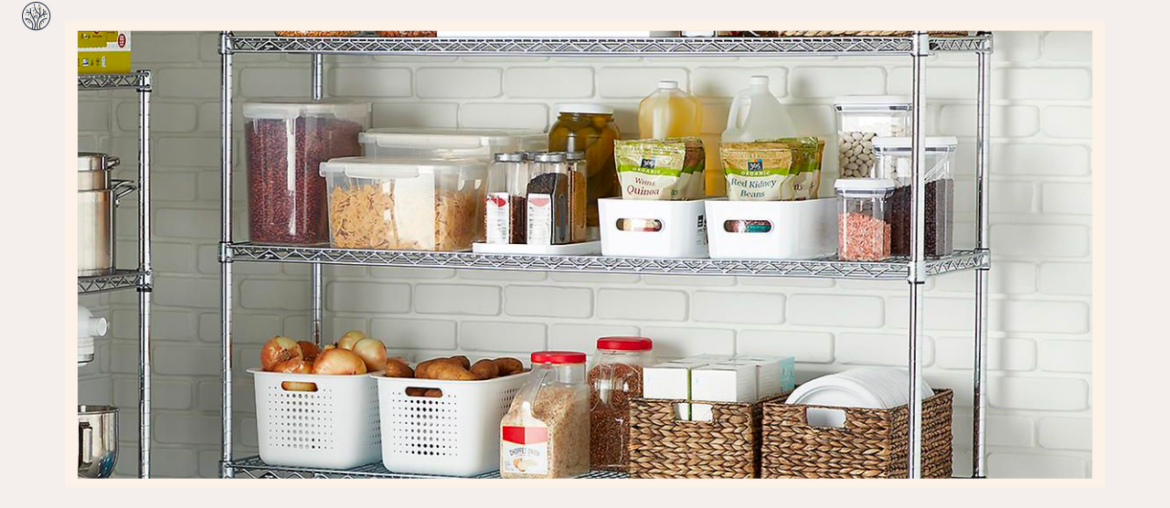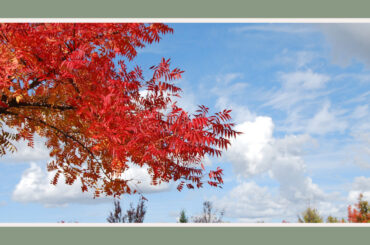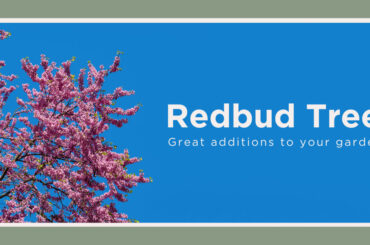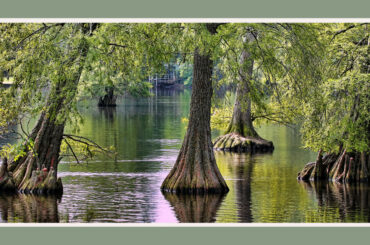For those who are looking for a stable, sleek, and minimalist solution for their storage needs, metal wire shelves are definitely one of the best options. They are timeless, sturdy, and very effective in keeping your space neat and orderly. However, how to clean wire shelves can be a thorny question that you have to deal with. Regardless of what you are storing on the shelves, they leave stains and dirt, and improper cleaning may cause damage to the surface of the shelves. Therefore, it’s necessary to prepare yourself in advance, and today’s article will show you the best cleaning solutions that you can easily apply on a regular basis.
Clean Wire Shelves Using Degreasers/Cleaners
The first shelve-cleaning solution that comes to mind is definitely using a degreaser and cleaner. No need for any special prescription degreasing/cleaning products, since over-the-counter options such as Goo Gone degreasers or Lysol Wipes are more than enough to help you with the problem, even with stubborn greases.
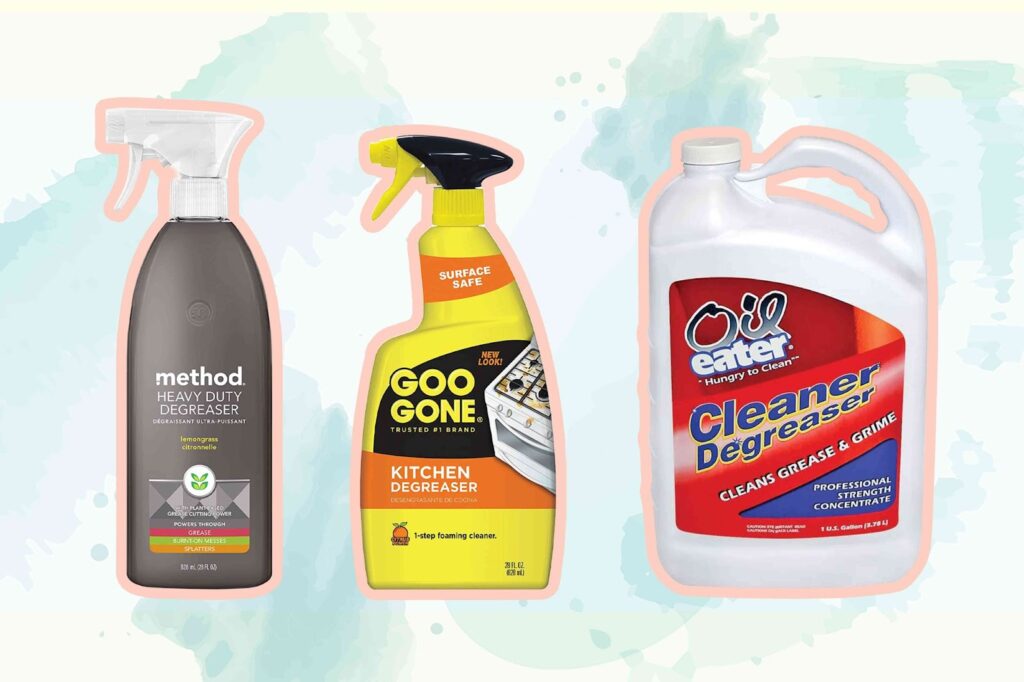
To begin, you need to use a brush to pre-clean the shelves. It’s even better if the brush comes with a built-in vacuum cleaner to deal with dry spills and dust (otherwise, a hand-held broom can also help).
Now is the cleaning process. It’s better to remove wire shelves in pieces, so with removable wire shelves (like those from The Shelving Store), the work is much simpler. However, if you cannot remove your wire shelves, you will need a sprayer.
Before cleaning, remove all your items from the shelves, and spread a towel or tarp on the floor below for protection. Then, for non-removable shelves, spray degreaser/cleaner all over them and wait a few minutes for the degreaser/cleaner to soak. After that, use a clean sponge to wipe the shelves from top to bottom. Utilize the rough side of the sponge to tackle stubborn stains.
Clean Wire Shelves Using Rubbing Alcohol
Rubbing alcohol is another easy homemade cleaning solution that has been proven to work. Available at a very low cost and delivering visible results, rubbing alcohol can be a promising alternative to other costly degreasers/cleaners on the market.
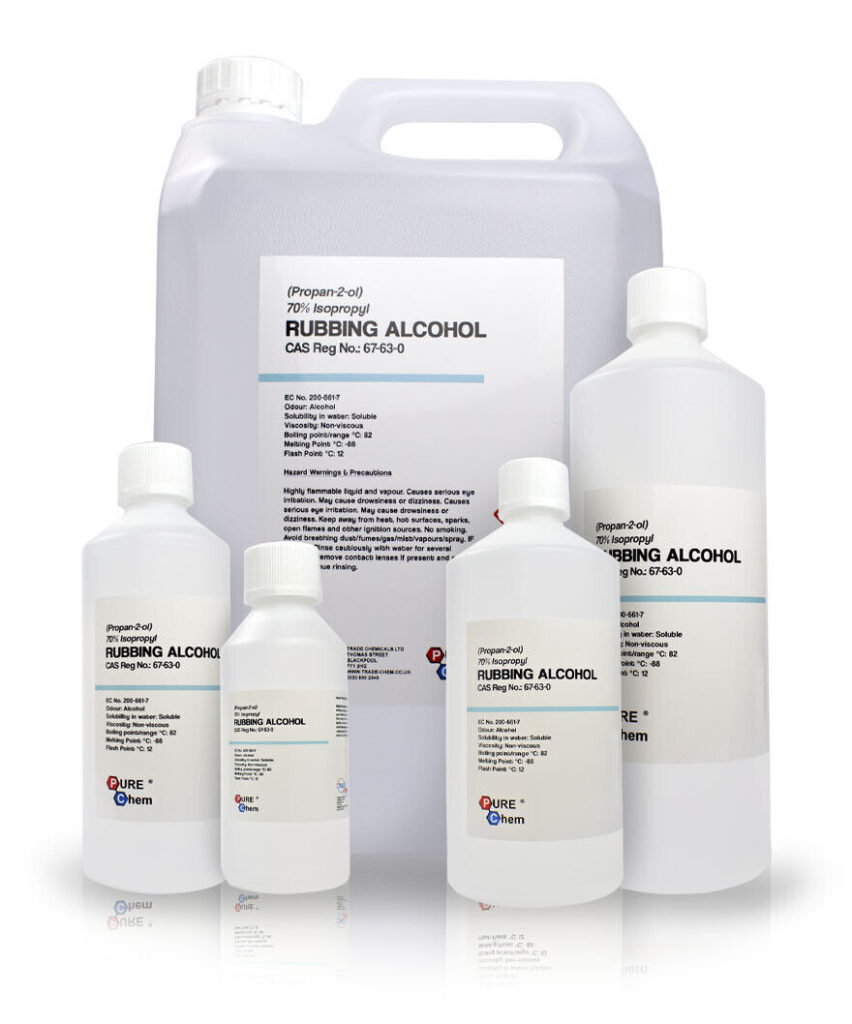
To clean wire shelves with rubbing alcohol, you also need to first remove the dirt and disassemble the shelves into pieces. After that, create a special cleaning mixture of rubbing alcohol and water (1:2 proportion). This mixture acts as an antiseptic that can remove grease instantly, so you can expect really quick results on severe stains.
One downside of this solution is the overwhelming aroma it causes, which can be off-putting to many people. However, you can add a few drops of dishwashing liquid to soften the scent.
Use White Vinegar for Natural Cleaning
If you prefer a more natural cleaning solution, white vinegar is the perfect savior for cleaning dirty, sticky wire shelves. White vinegar is a very familiar ingredient in everyone’s kitchen, and because it’s chemical-free, you can safely and effectively utilize it for any closet shelving or coated wire shelving system.
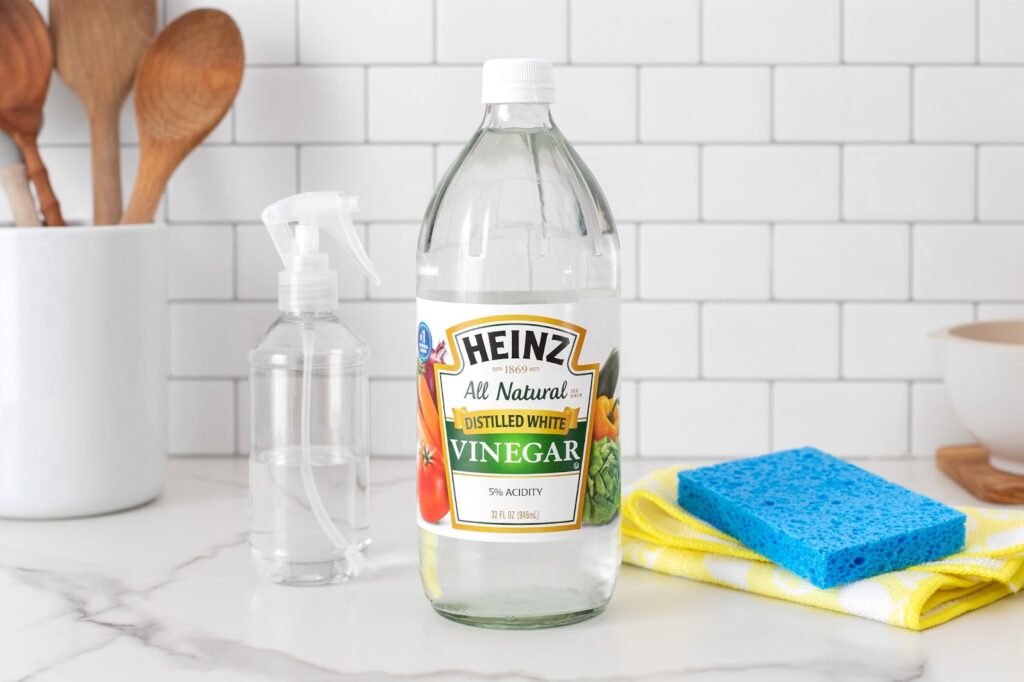
The cleaning process using white vinegar is kind of similar to the above solutions. To begin with, you need to prepare the solution. Combine 1 part of white vinegar and 2 parts of distilled water, and you’ve got an effective homemade all-purpose cleaner. Consider adding a few drops of lemon juice or essential oils of any scent to lessen the harsh vinegar smell.
Again, it’s a good idea to disassemble the shelves into pieces so that you can easily soak and rinse. If that’s impossible, spray the vinegar mixture into the nooks and crannies of the shelves and let the solution soak for about 30 minutes.
After that, use a damp sponge with some vinegar mixture on it to wipe the shelves. Make sure to put a bit of elbow grease to scrub away any particularly stubborn stains.
Then, rinse the shelves thoroughly to remove the vinegar mixture. Dry them with paper towel before reassembling the pieces and putting the items back on.
Optimal Cleaning with Dish Soap and Baking Soda
Old but gold! The baking soda – dish soap combination has always been a classic method of cleaning stuff in the house, and apparently, it works well on wire shelves, too. These two agents are both bases, so they do not cause chemical conflicts when used together; in fact, this combination greatly enhances the speed and efficiency of the cleaning process.
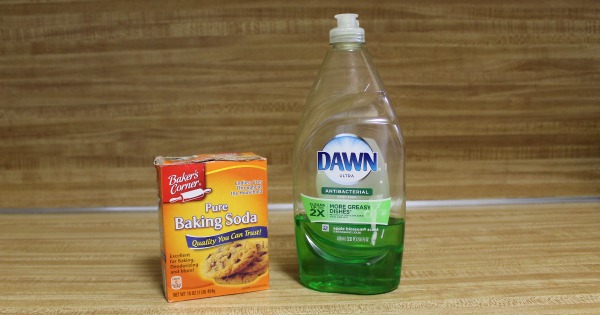
Here’s how to clean wire shelves with baking soda and dish soap:
You will need to prepare a clean sponge, hot water, and of course, baking soda and dish soap. To make this cleaning solution, thoroughly mix hot water (1 cup), baking soda (1/3 cup), and mild dish soap (1/3 cup) together.
Once you have the solution, wait until it’s not too hot to handle, then dip the clean sponge in it. A clean sponge and hot solution can help prevent the spread of bacteria, mold, and pathogens.
Start scrubbing the shelves from the top, focusing more on stubborn messes. Clean your sponge when it gets too dirty, and dip it in the solution when it gets too dry.
If the stain is too difficult to remove, create a thick paste from baking soda and water, then apply it directly to the stain. Leave it there for 10 to 15 minutes, and try scrubbing again.
To finish, use a clean cloth soaked in warm water to wipe away the baking soda solution, then dry the shelves with paper towel.
Conclusion
Things get old and dirty over time, and wire shelves are no exception. Therefore, learning how to clean wire shelves properly is one of the most basic yet important things if you want to keep them shiny and long-lasting. By applying the professional shelf-cleaning tips above with a little bit of hard work, you will be able to return your wire shelves to their original beauty.

